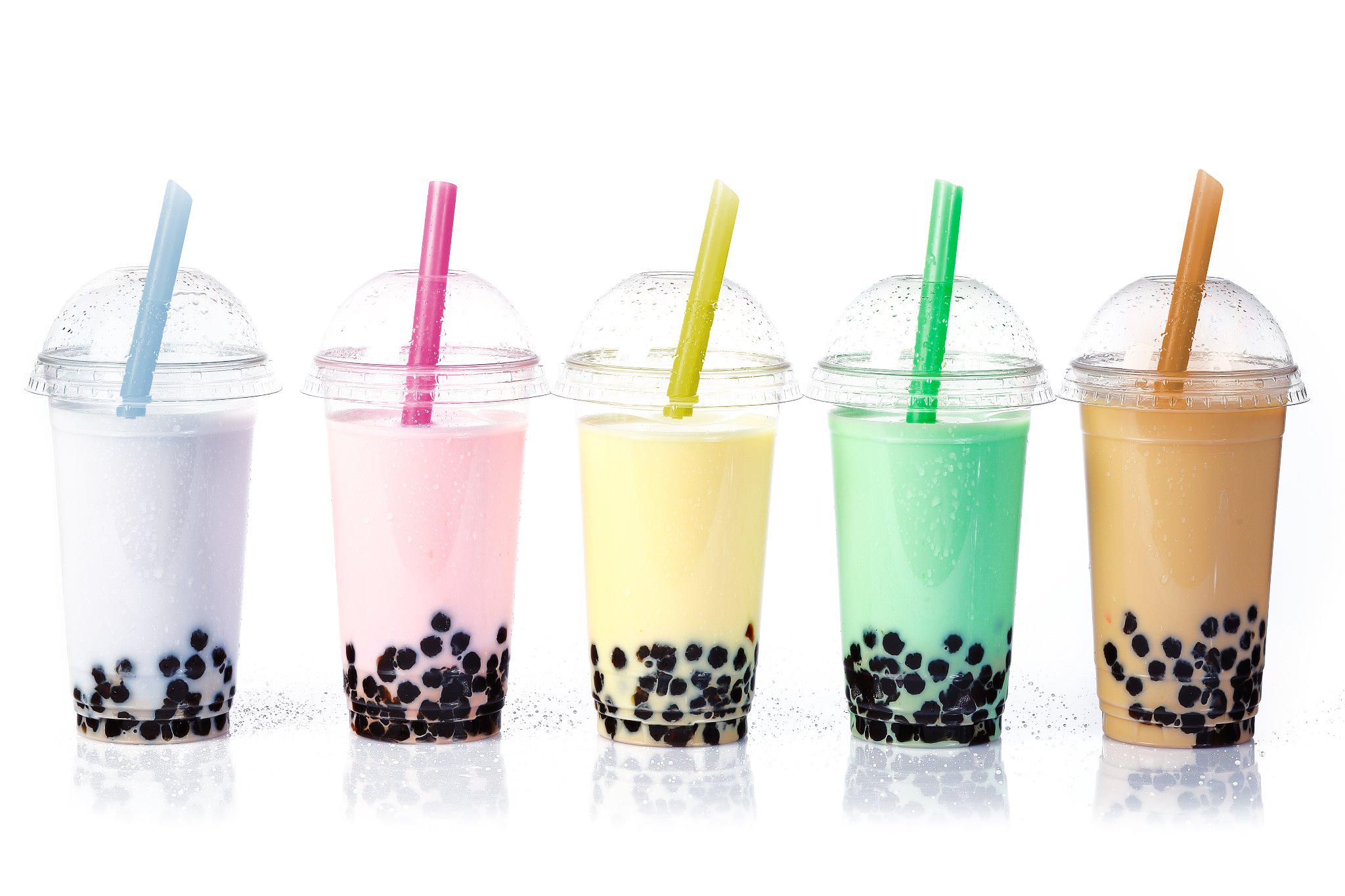Bubble Tea: A Delightful Fusion of Flavors and Textures
Introduction: Bubble tea, also known as boba tea, has taken the world by storm with its tantalizing blend of flavors and unique chewy tapioca pearls. Originating in Taiwan, this delightful beverage has become a global sensation, captivating taste buds everywhere. In this blog, we'll explore the fascinating history, diverse flavors, and the science behind those satisfying bubbles in your tea.
History of Bubble Tea: Bubble tea traces its roots back to Taiwan in the 1980s. It was first invented by a tea shop owner who decided to combine traditional Taiwanese milk tea with sweet tapioca pearls. The idea caught on quickly, and soon, variations with fruit flavors and toppings emerged. As the trend spread across Asia and beyond, bubble tea became a symbol of Taiwanese culinary culture.
Exploring Flavors: One of the most exciting aspects of bubble tea is the sheer variety of flavors available. Traditionalists can savor classic milk tea or fruity green tea blends. For those seeking adventure, exotic flavors like taro, matcha, or even avocado offer a delightful surprise. Customization options let you adjust sweetness levels and add various toppings like coconut jelly, aloe vera, or popping boba.
The Science of Bubbles: The defining feature of bubble tea is, of course, the bubbles themselves. These chewy tapioca pearls are made from cassava starch, which gives them their unique texture. When cooking the pearls, a careful balance between firmness and chewiness is achieved, resulting in that satisfying pop when bitten into. The pearls' ability to trap air in their starchy matrix creates the bubbles, making bubble tea an enjoyable tactile experience.
Bubble Tea Craze Worldwide: Over the past decade, bubble tea has transcended cultural boundaries and is now a global phenomenon. You can find bubble tea shops in bustling city centers and quaint neighborhoods alike. From street vendors to high-end cafes, the love for this refreshing drink has not waned. Social media platforms have played a crucial role in its popularity, with colorful and Instagram-worthy presentations boosting its online presence.
Bubble Tea Culture and Community: Beyond the delightful beverage itself, bubble tea has also created a vibrant community of enthusiasts. From bubble tea meetups to online forums discussing the latest flavor trends, this drink has brought people together. Its appeal spans generations, with both young and old enjoying a cup of bubble tea and sharing the experience with friends and family.
Conclusion: Bubble tea is more than just a drink; it's a cultural phenomenon that has captured the hearts of people worldwide. From its humble beginnings in Taiwan to becoming a global sensation, the fusion of flavors and textures in bubble tea continues to delight and surprise. So the next time you take a sip of this delightful beverage, remember the rich history and science behind those bubbles, and savor the wonderful experience it offers.

Comments
Post a Comment